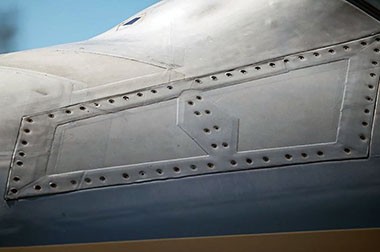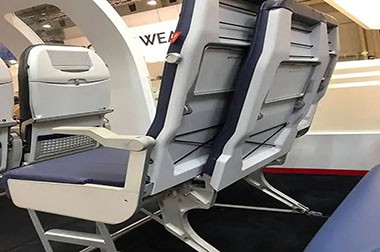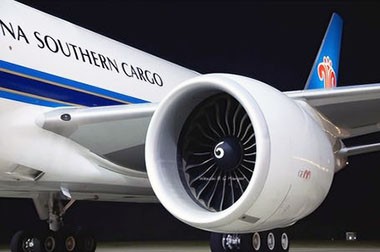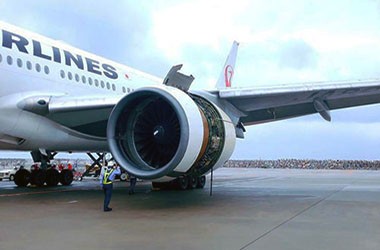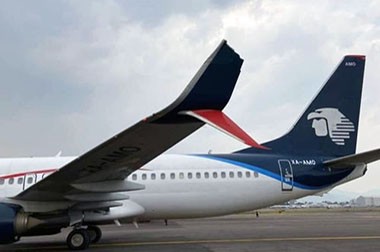Key Aerospace Aluminum Products: From Sheets to Extrusions
Aerospace aluminum products come in various forms, including sheets, forgings, extrusions, profiles, and tubes.
Key aerospace aluminum products such as aluminum sheets and aluminum extrusions play a crucial role in the aerospace industry. Their strength, light weight, corrosion resistance, and manufacturability enable these materials to meet the high demands of modern aircraft for structural safety and performance.
In the aerospace industry, aluminum alloys are widely used in key aircraft components due to their excellent strength-to-weight ratio and corrosion resistance. Aerospace aluminum products come in various forms, including sheets, forgings, extrusions, profiles, and tubes. These different forms of aluminum products play various roles in aircraft structures, meeting the requirements of lightweight, strength, and durability in aircraft design.
Aerospace Aluminum Products
Aerospace Aluminum Sheets
Aluminum sheets are widely used in aircraft skins, spars, fuselage panels, etc. Their main characteristics are high strength, corrosion resistance, light weight, and good formability. Based on thickness, aluminum sheets can be classified as thin sheets (> 0.25 inches), medium sheets (0.25-0.5 inches), and thick sheets (> 0.5 inches). Common aerospace aluminum sheets include:
- 2024 aluminum alloy sheets: Known for their excellent strength and fatigue performance, they are suitable for fuselage skins, wing structures, etc.
- 7075 aluminum alloy sheets: Famous for high strength, often used in high-stress components such as wings and landing gear parts.
Aerospace Aluminum Forgings
Aerospace forgings are typically used in high-strength, critical load-bearing structures such as landing gear supports, connectors, and frames. The forging process enhances the material's internal structure uniformity, providing better mechanical properties and fatigue life.
- 7014 aluminum alloy forgings: Due to their excellent strength and corrosion resistance, they are widely used in critical load-bearing structures like landing gear and wing joints.
- 7A09 aluminum alloy forgings: Their excellent strength and crack resistance make them suitable for load-bearing frames and other high-stress aircraft components.
Aerospace Aluminum Extrusions
Extrusions are manufactured through extrusion forming processes and are typically used in long structural components such as frames, beams, rails, and stiffeners. With the advantage of producing complex cross-sectional shapes and combining high strength and light weight, extrusions are important materials in aircraft manufacturing.
- 6082 aluminum alloy extrusions: Commonly used in aircraft structures requiring high rigidity, such as frames, rails, and load-bearing beams.
- 2024 aluminum alloy extrusions: Suitable for complex-shaped structural components, such as cabin frames and crossbeams.
- 2219 aluminum alloy extrusions: Featuring good high-temperature strength and crack resistance, they are used in structures requiring both high-temperature resistance and light weight, such as fuel pipelines and propulsion system support structures.
Aerospace Aluminum Profiles
Profile products typically include T-shapes, L-shapes, Z-shapes, etc., and are widely used in aircraft internal support structures and stiffeners.
2024 and 7075 aluminum alloy profiles: These two alloys are often used in aircraft wing frames, landing gear stiffeners, and tail support parts due to their high strength and good fatigue performance.
Aerospace Aluminum Tubes
Tubes are primarily used for fuel lines, hydraulic systems, and support structures. Their light weight, high strength, and good pressure resistance make them key materials in aircraft piping systems.
- 6082 aluminum alloy tubes: Due to their excellent corrosion resistance and medium strength, they are commonly used in aircraft hydraulic systems and other high-pressure pipelines.
- 2014 aluminum alloy tubes: Featuring excellent high-temperature performance, they are suitable for high-temperature pipeline systems in aircraft engine areas.
Aerospace Aluminum Cold Drawn Products
Cold drawn products enhance material strength and hardness through cold working processes and are mainly used in high-strength fasteners, connectors, and other parts.
2219 aluminum alloy cold drawn products: Their high-temperature strength and fatigue resistance make them widely used in aerospace and aircraft structures, especially in high-temperature environments.
Advantages of Aerospace Aluminum Products
The extensive application of aerospace aluminum alloy products is attributed to their unique properties, including:
- 1. Lightweight: Aluminum alloys have a low density, helping to reduce aircraft weight and improve fuel efficiency.
- 2. High Strength: Many aerospace aluminum alloys, such as 7075 and 2024, offer exceptional strength and can bear high stress loads.
- 3. Corrosion Resistance: Aluminum alloys, especially those containing zinc and magnesium, have excellent corrosion resistance, which is critical in external aircraft environments.
- 4. Good Workability: Aluminum alloys are easy to process and form, and can be manufactured into complex-shaped components through welding, forging, casting, and other processes.
The various forms of aluminum alloys provide the foundation for lightweight and high-strength designs in the aerospace industry, making them an essential part of modern aircraft structures.

